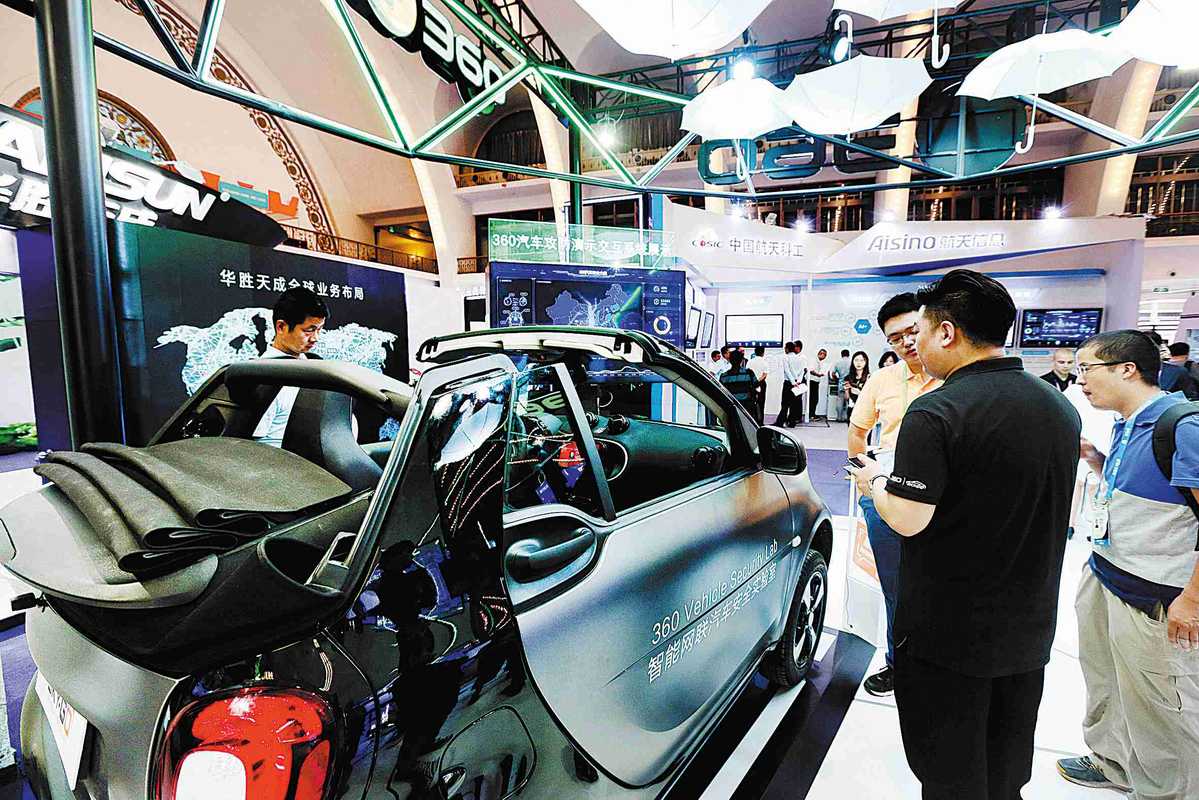Automakers shift gear into software services

Until recently selling vehicles was the paramount way for carmakers to make money. That is changing, with software rising as a source of revenue as vehicles become computers on wheels.
Vehicles capable of over-the-air updates are viewed as key for automakers to generate recurring revenue through new technologies and subscriptions for video entertainment to driver-assist features.
Stellantis expects its software services and subscriptions to generate 4 billion euros ($4.5 billion) a year in 2026 and 20 billion euros in 2030. It gave the estimate as it unveiled its software strategy last week.
The strategy will enable car buyers to install innovative features and services via regular over-the-air updates to keep their vehicles modern years after they have been built, said Stellantis.
"Studies show that customers spend an average of four years of their lives in their vehicles and this is only increasing," said the carmaker.
It is planning to build vehicles from 2024 on an architecture that is fully updatable over the air. It is to break today's bond between hardware and software, enabling developers to create and update features and services quickly without waiting for a new hardware launch.
Based on the architecture, AI-based applications such as navigation, voice assistance, e-commerce marketplace and payment services as well as autonomous driving capabilities will be upgraded wirelessly.
The carmaker said a majority of all its new vehicles will be fully updatable over the air by 2024. It expects to have more than 34 million monetizable connected cars by 2030, from 12 million today. Stellantis said "monetizable" is defined as the vehicle's first five years of life.
"Software will improve our business model, disconnecting hardware from software… shifting the center of gravity of our business," Stellantis CEO Carlos Tavares said.
Tavares said profit margins for those services are expected to be more comparable to those of a technology company rather than a traditional automaker. The additional revenue stream could potentially double what the automaker makes today, CFO Richard Palmer said.
Stellantis is the latest of a slew of carmakers that have made software a pillar of their future business.
Volkswagen established its software subsidiary Cariad in 2020, which now has around 4,500 engineers.
The German car group expects the proportion of internally-developed software in their cars to rise from 10 percent currently to 60 percent by 2025.
Volkswagen said on Thursday that its CEO Herbert Diess will assume responsibility for Cariad from 2022. It believes that nearly one-third of revenue in the global mobility market is expected to come from software-based services by 2030.
To tap into this potential, Volkswagen has earmarked 30 billion euros for digitalization, including autonomous driving, by 2026, which is an increase of around 10 percent on the previous plan.
"By 2030, the world of mobility will have seen the greatest transformation since the transition from horses to cars at the beginning of the 20th century," Diess said. "The future of cars, the future of individual mobility, will be bright."
Carmakers in China and the United States are speeding up efforts in smart functions as well.
Qin Lihong, president of Chinese startup Nio, said autonomous driving will be the most prominent feature of smart vehicles in coming years.
Chinese technology companies including Huawei and Baidu are exploring the segment as well, offering their autonomous driving solutions to carmakers.
In the United States, GM said in October that it aimed to double its revenue by 2030, including $80 billion from technology-driven new businesses such as its Cruise autonomous vehicle unit.
Ford has hired the former head of Apple's car project, Doug Field, to lead its advanced technology and embedded systems efforts. Meanwhile, France's Renault is teaming up with Google to help design its infotainment systems.

